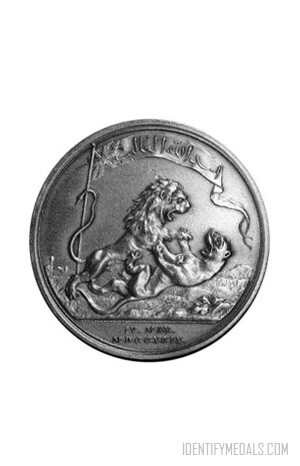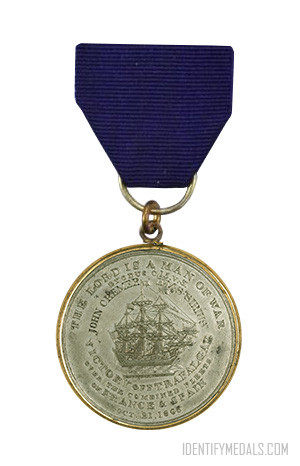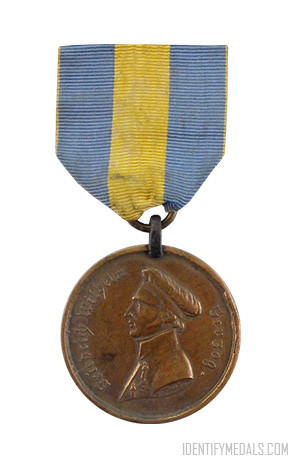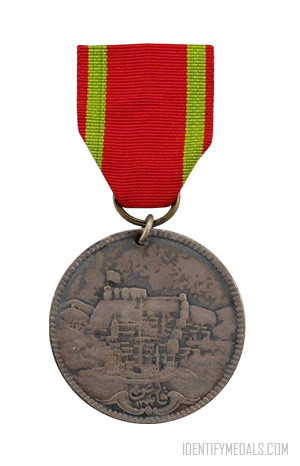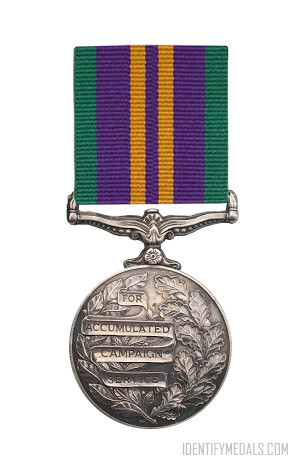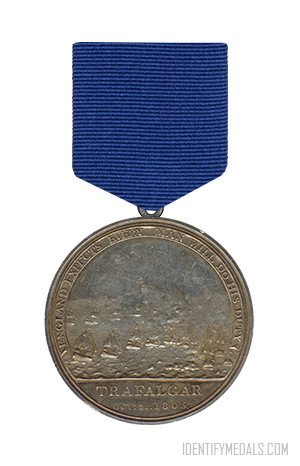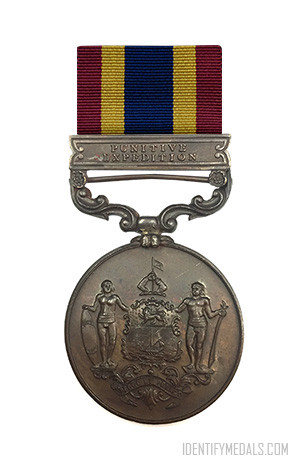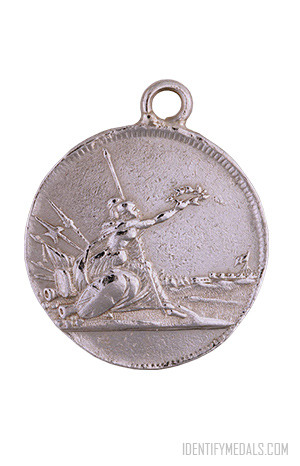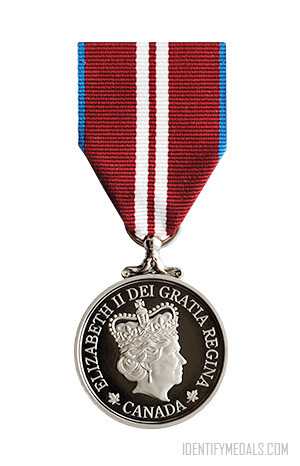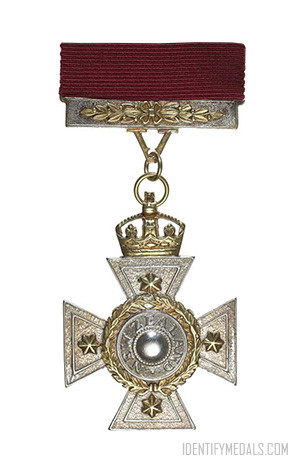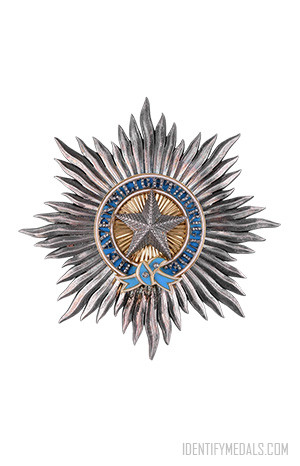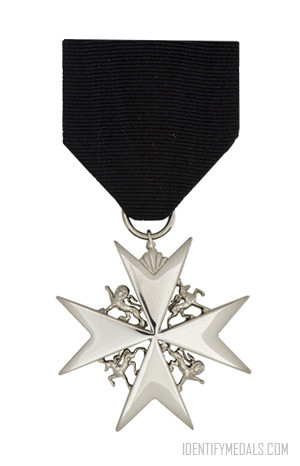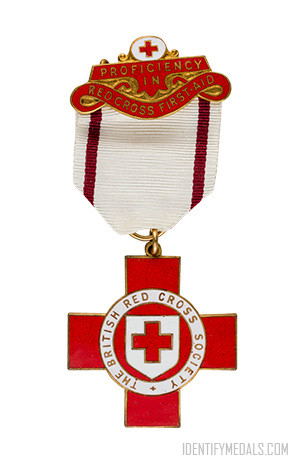- Time Period: Pre-WW1
- Year of Institution: 1801
- Country: Great Britain
The Seringapatam medal (or Sri Ranga Pattana) is a British military medal commissioned by the East India Company in 1801 and distributed to soldiers who had contributed to the British victory in the 1799 Battle of Seringapatam, fought against the armies of Tipu Sultan, who was the ruler of the Kingdom of Mysore.
These medals were issued to all participants, but their materials were of various values; Those given to the highest-ranking commanders were made of gold, the ones given to intermediate ranks were silver, silver-gilt, or bronze, and those for lesser ranks were made of tin or pewter.
The Seringapatam Medal Design
The medal was designed by Conrad Heinrich Küchler, a German engraver who worked as a designer of coinage and medals for the manufacturer and mint owner Matthew Boulton from 1793 until his death. Küchler was Boulton’s sole artist for designing and die-cutting, and produced the designs for various coins, medals and tokens, including the copper “cartwheel” pennies and twopences.
Many of the Seringapatam medals were manufactured at the Soho Mint in Birmingham, although a smaller version of the medal was manufactured in the Calcutta Mint.
The reverse of the medal displays the storming of the fort, with the sun at its meridian. The obverse shows the British lion trampling Tipu’s emblem, the tiger, with the caption “Asad Allah al-Ghalib” (that means “Lion of God the Conqueror” in Arabic).

